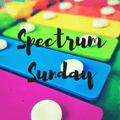Thank you to all those who joined the linky last month! I hope you all enjoy reading this little round up!
Round Up:
There were two fantastic posts on communication linked up last time.
I absolutely love this one by Little Mama Murphy about the training session she attended by Jo Grace about Communicating Without Words. I had happy tears running down my face reading it. I LOVE the concept of ‘sensory being’ and ‘literary being’! It feels just right to describe the differences between my EJ & EW in that way!
Rainbows are Too Beautiful gave a shout out to the upcoming Singing Hands DVD which also sounds fab! I did some baby and toddler singing and signing classes with both of mine when they were young. I’ve been a bit lax with my makaton recently without the structure of the class to keep me motivated, so it would be fantastic to have a fun DVD aimed at an older audience! Music is definitely key where it comes to engaging EJ!
When it comes to getting around on wheels, I think there’s sometimes a misconception that ‘everywhere’s accessible these days’, but that really isn’t true, even some of the really fundamental stuff in newly refurbished buildings, as Ordinary Hopes highlights in her post Just Because Daleks Can Do Stairs
Mum on a Mission sets it out in black and white how society is forcing people to wear nappies if they want to get out and about, due to a lack of understanding and action on changing places accessible toilets (from legislators, designers, developers through to service providers) in My 8yr Old Isn’t Potty Trained and It’s Your Fault
It really seems ridiculous that some people’s outings revolve in detail around where they can go to the toilet, so Ordinary Hopes wants to say Thank You Exeter Services for acknowledging the need and acting upon it! As Ordinary Hopes says, it’s not only enabled her and her son to go out, but also to become customers and spend their money with them!
Speaking of customers, Brody Me and GDD linked up her post on Products SEND Parents REALLY want! Retailers are missing a market in other ways than just getting their customers into their shops or onto their websites, in that there’s a whole market out there for useful, comfortable, (affordable!) and well designed products for disabled children and adults! What can you add to her list?
I hope you’ll check in again next month to catch up with the blog posts in the round up, and bloggers I hope to see lots of you again this month and *meet* some new people too!
Info on how to join in below:
Linky Info:
This linky will be open for 2 weeks, please do share your posts about ideas and experiences (good and bad!) around physical and/or sensory accessibility of buildings, places, spaces, products and/or activities below….
And do check in again next month to read the round up!
Guidelines:
-
- Link up to 2 posts each month (old or new)! It would be lovely if you could add my badge (cut and paste the code in the box under the badge image below and add it into your blog post while in ‘text’ mode of your blog editor) or add a text link back to my site so that people can find the linky and read the other blog entries;
- Please comment on this post to introduce yourself if you’re new to the linky, and comment on some of the other linked posts to help share ideas and experiences (use the hashtag #AccessLinky in your comment)!
- It would also be amazing if you could share your post (using the hashtag #AccessLinky) on social media to help spread awareness of the issues around accessibility! I’ll also try to retweet as many posts as I can!
- I welcome input from anyone that is affected by accessible design – users, carers, friends and family as well as designers, developers, managers and legislators (so pretty much everyone then!). I welome blogs from professionals and suppliers as well as individual bloggers as long as they keep within the spirit of idea exchange and are not sales posts for products or services.

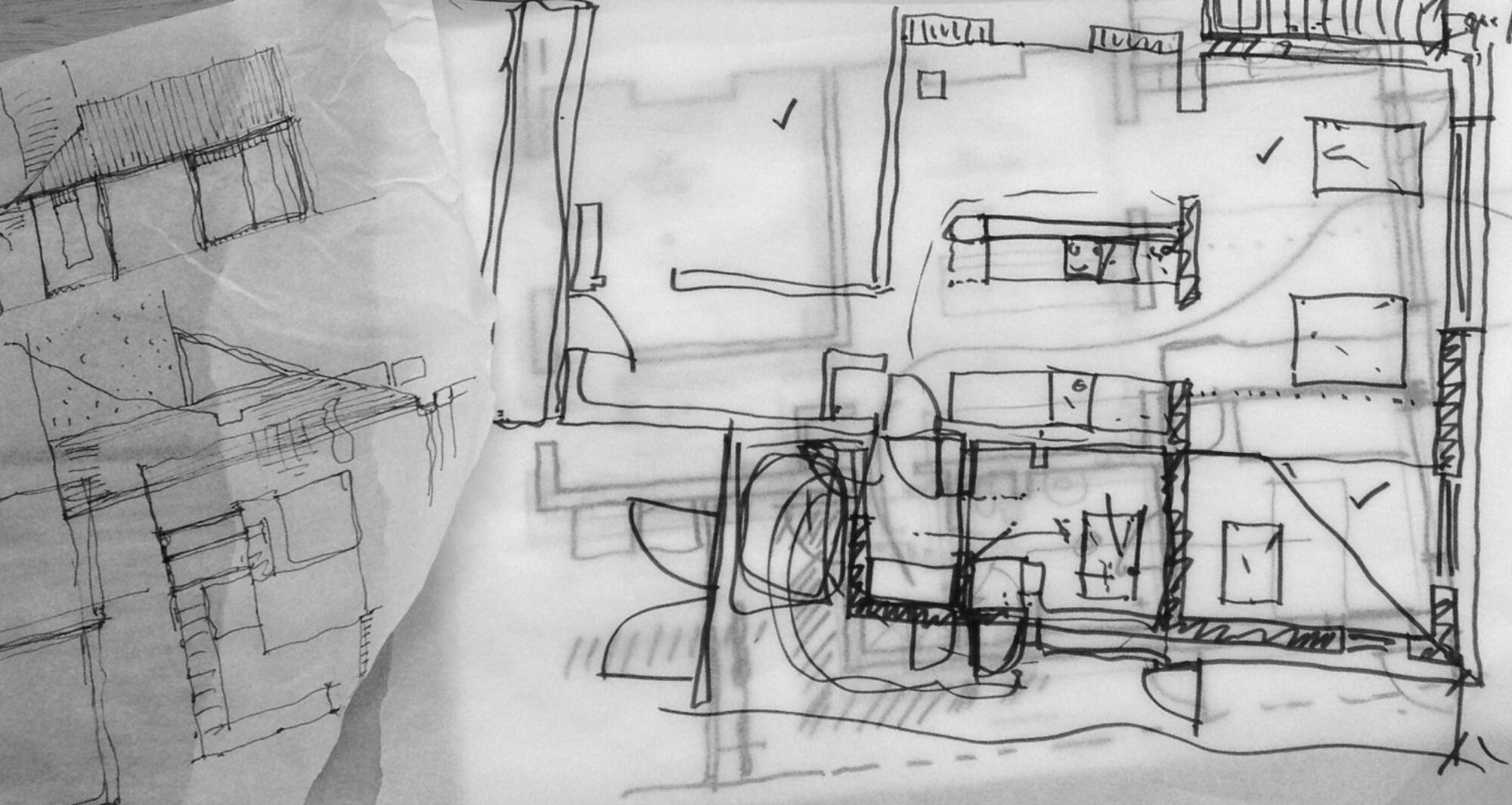
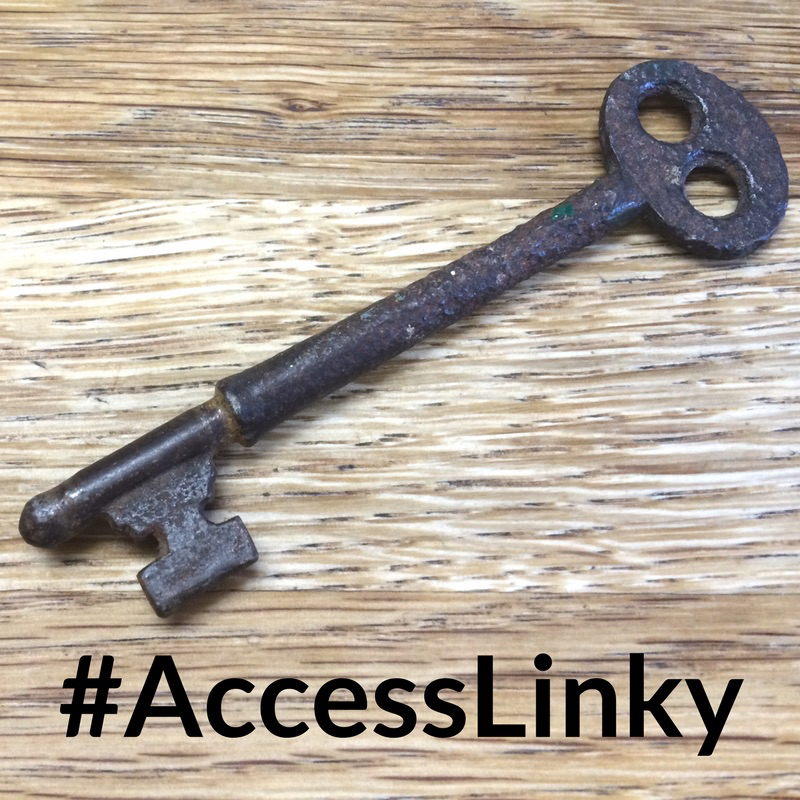
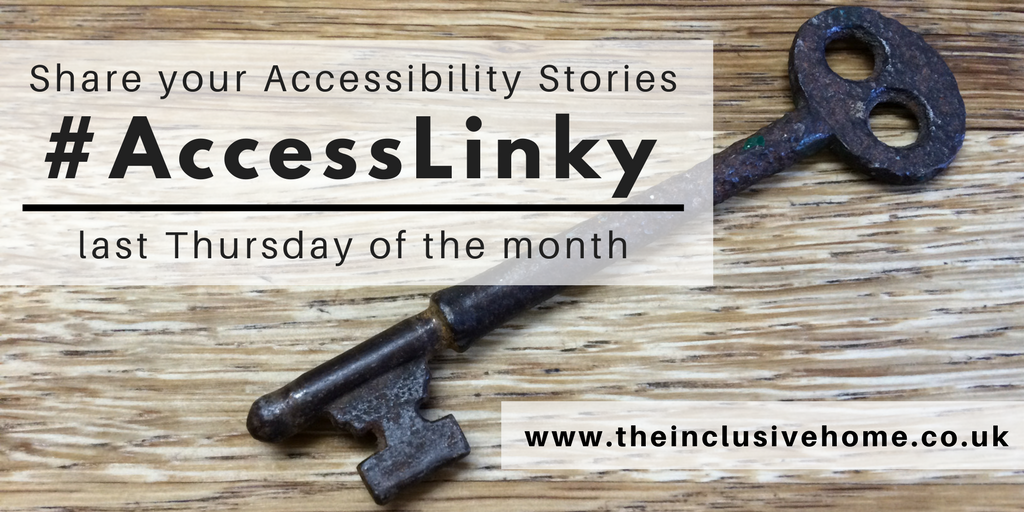

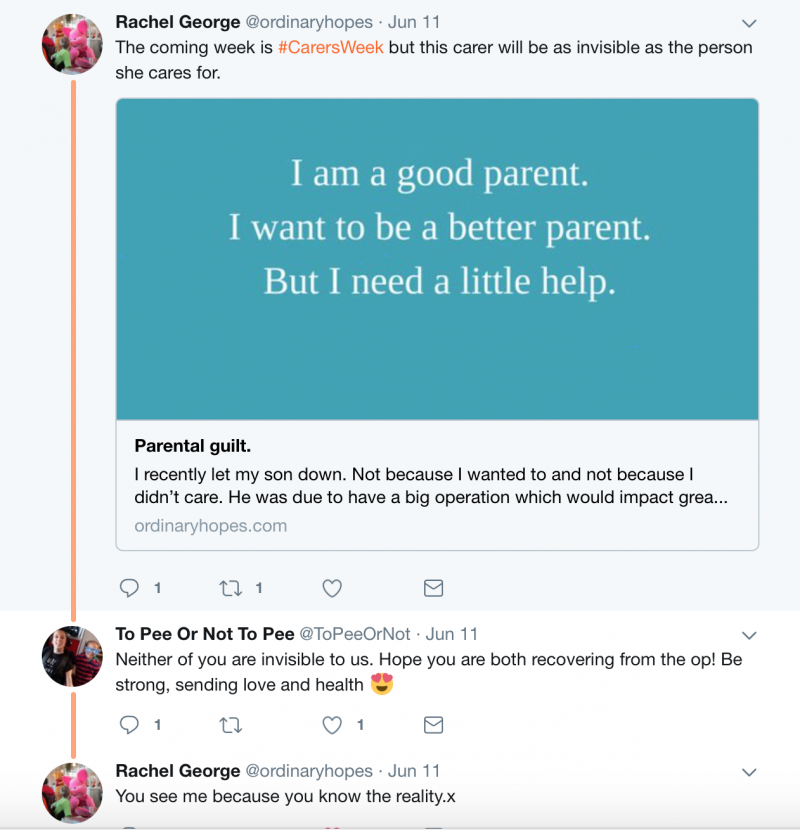 In the story, Lola and her (imaginary?) friend, Soren Lorensen, drink an invisibility potion that her brother Charlie has made with his friend. Lola, of course, doesn’t become invisible but Soren Lorensen does…. Lola is adamant that she is also invisible and says:
In the story, Lola and her (imaginary?) friend, Soren Lorensen, drink an invisibility potion that her brother Charlie has made with his friend. Lola, of course, doesn’t become invisible but Soren Lorensen does…. Lola is adamant that she is also invisible and says: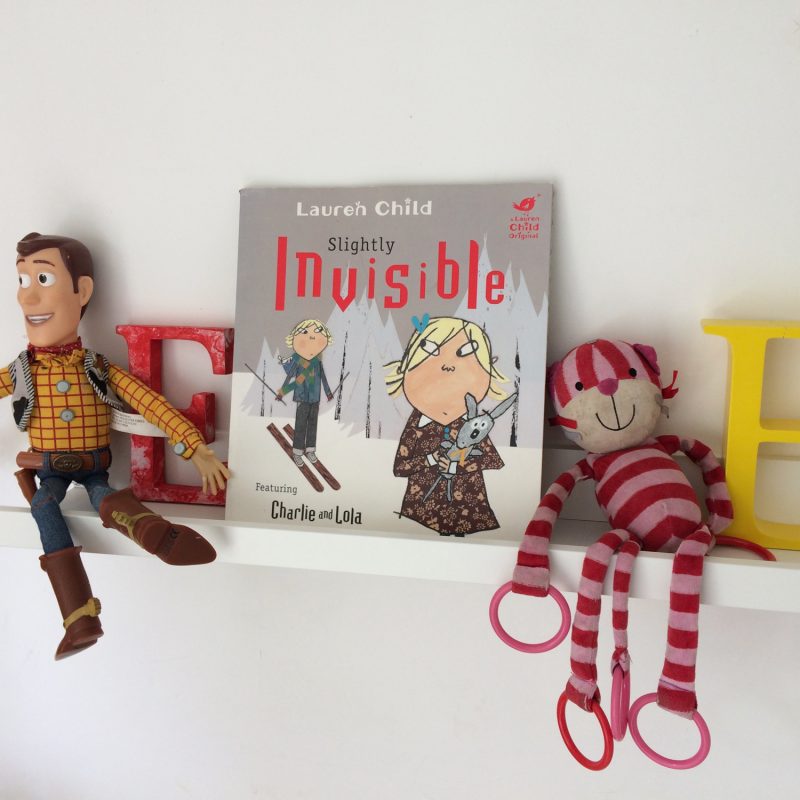 This lack of provision is something that affects disabled people of all ages, but also their wider circle. You cannot go somewhere that your friend or loved one cannot access a toilet!
This lack of provision is something that affects disabled people of all ages, but also their wider circle. You cannot go somewhere that your friend or loved one cannot access a toilet!